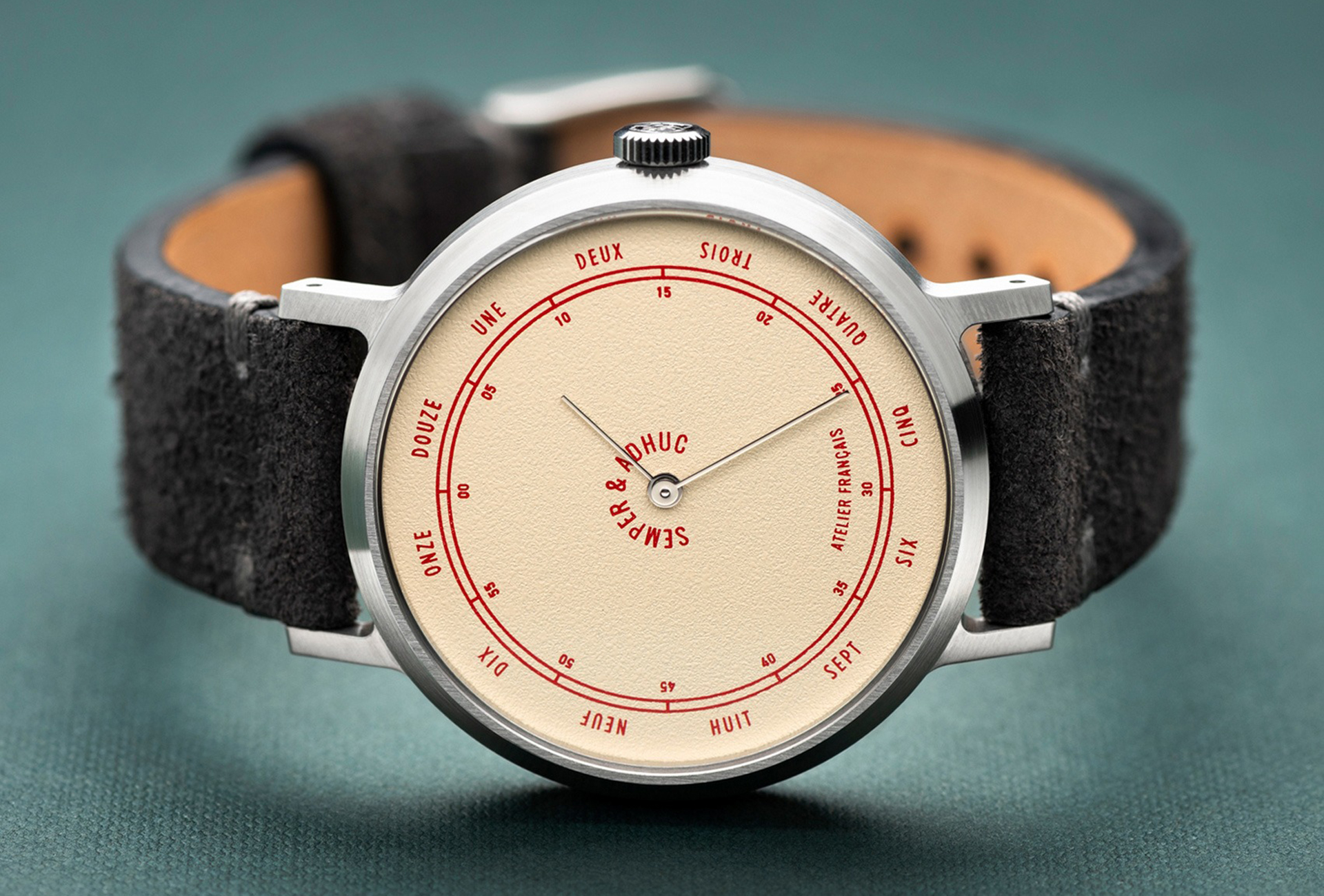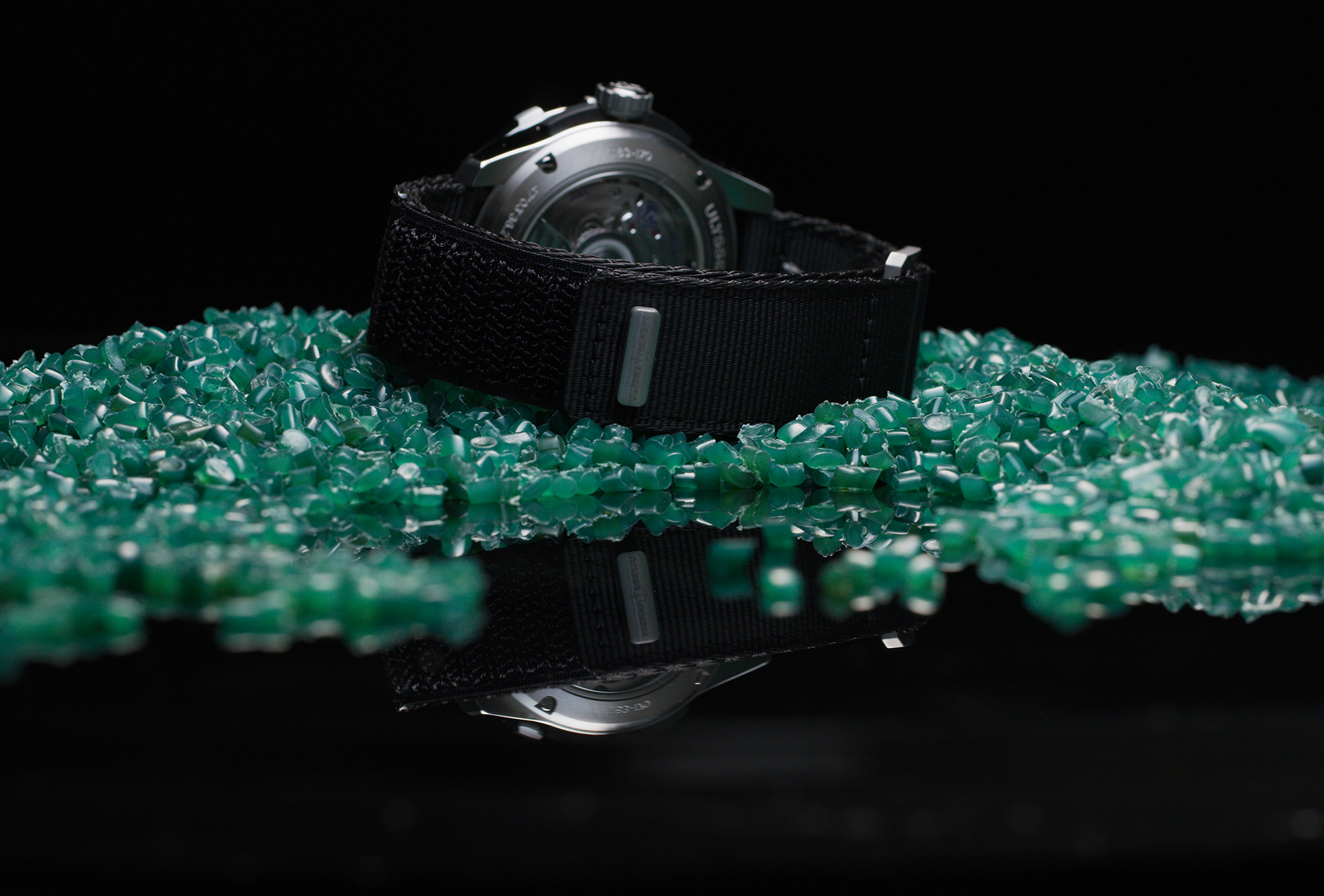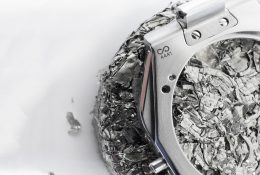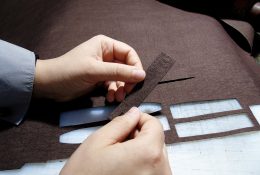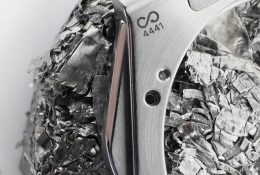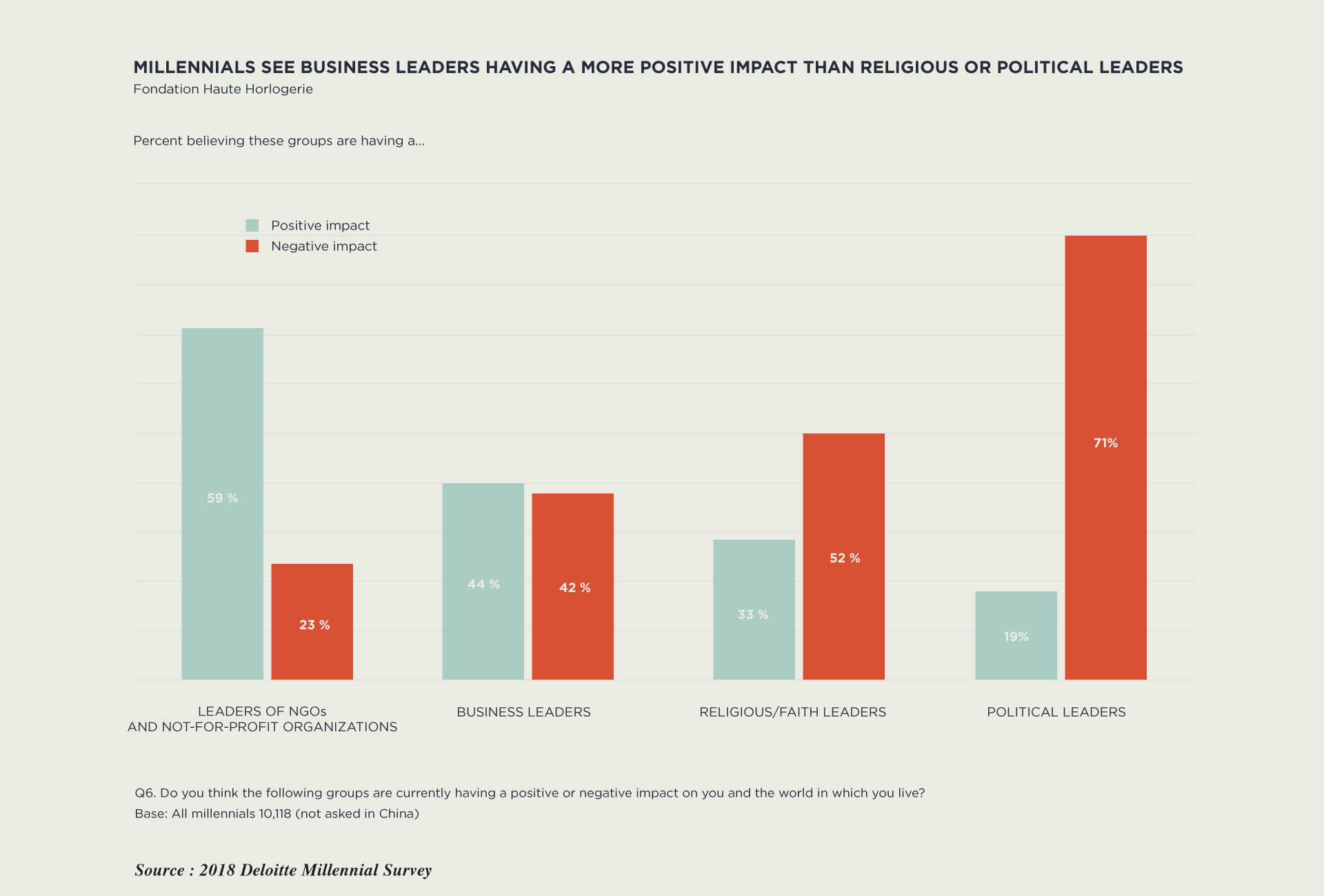When it comes to sustainability, watch brands rarely waste an opportunity to spotlight even the smallest initiative, if nothing else to show that they are doing their part, and that the planet’s health is something they take seriously. Richemont’s Movement for Better Luxury report is a case in point. In it, the luxury giant describes how it intends to develop its sustainable practices in 2020/21. They include an objective to secure 100% of its gold from sources that comply with the Responsible Jewellery Council (RJC) Chain of Custody, an industry-recognised standard. How close is Richemont to reaching this goal? Pretty close, as it turns out: “Today, over 90% of the gold we purchase is RJC Chain of Custody certified and comes from recycled origins.” The group has defined a key performance indicator to measure the transparency of the supply chain and aims to achieve a transparency level of 95% by 2022. And because this precious metal can be melted an infinite number of times without altering its properties, recycled gold is of identical quality to mined gold.

Richemont has set itself ambitious targets and has one of the strongest commitments to sustainable development in the sector, yet its use of almost exclusively recycled gold features nowhere in its communication. Nor is there any mention of the fact by the group’s watch and jewellery Maisons, which have control over their marketing material. It’s a telling silence from a group whose brands are positioned firmly at the high end of the market and a clear indication that recycled gold simply doesn’t fit the luxury bill. This contrasts with the findings of surveys that point to the growing ranks of consumers for whom sustainability is a factor when purchasing a watch: as many as 50% according to a . This dichotomy shows that even the best intentions have their limits, and that “luxury” and “recycling” are still considered to be a contradiction in terms.
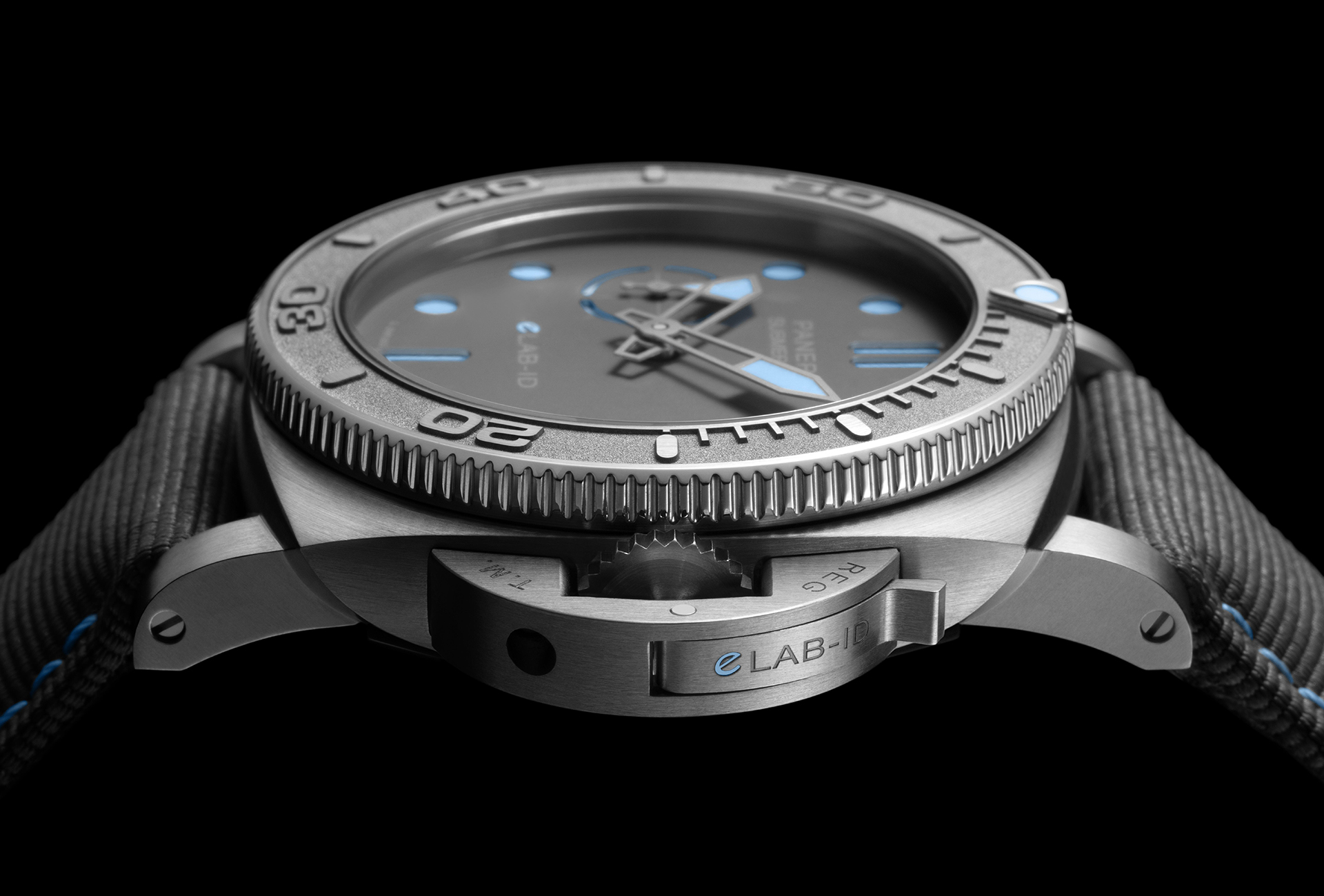
Or are they? Reactions to two Panerai watches released last year suggest the tide is turning. The Florence-based brand came to Watches and Wonders with the Submersible eLAB-ID™, a concept watch released as a 30-piece limited edition and comprising 98.6% recycled material by weight, and the Luminor Marina eSteel™ whose case and dial are made from recycled steel and make up 58.4% of the watch’s total weight. Yes, this is steel rather than a precious metal, but the initiative, described by Panerai as its “most disruptive offering to date”, marks a shift in mentalities nonetheless. “With the Submersible eLAB-IDTM and the Luminor Marina eSteelTM, we are demonstrating that it is possible to manufacture a luxury watch almost entirely from recycled materials, thereby reducing the environmental impact of watchmaking,” declared Panerai’s chief executive, Jean-Marc Pontroué, when presenting the two watches. “But the real strength of the project is perhaps even more linked to this ecosystem of suppliers and partners that we are now making available to the Swiss watchmaking community.“ Meaning: the suppliers are ready and waiting, it’s down to brands to make the leap.

Echoing Jean-Marc Pontroué’s words, another watch, also released last year, advocates shorter supply chains. The Circular 1 from ID Genève meets the Swiss startup’s triple objective to manufacture watches using only materials from the Swiss circular economy, to change perceptions of recycled materials in high-end watchmaking and to encourage greater sustainability within the industry. ID Genève works with Panatere, which collects scrap steel for recycling from some three dozen companies in the Swiss Jura region that manufacture products for the watch and medical sectors. Panatere certifies the traceability and carbon emissions of the steel, which is melted just over the border in France then used to produce the cases for the Circular 1. Movements are ETA 2824 calibres from unsold inventory. Panatere has since extended its offering to include recycled titanium and is getting ready to start melting metal in its own solar furnace.
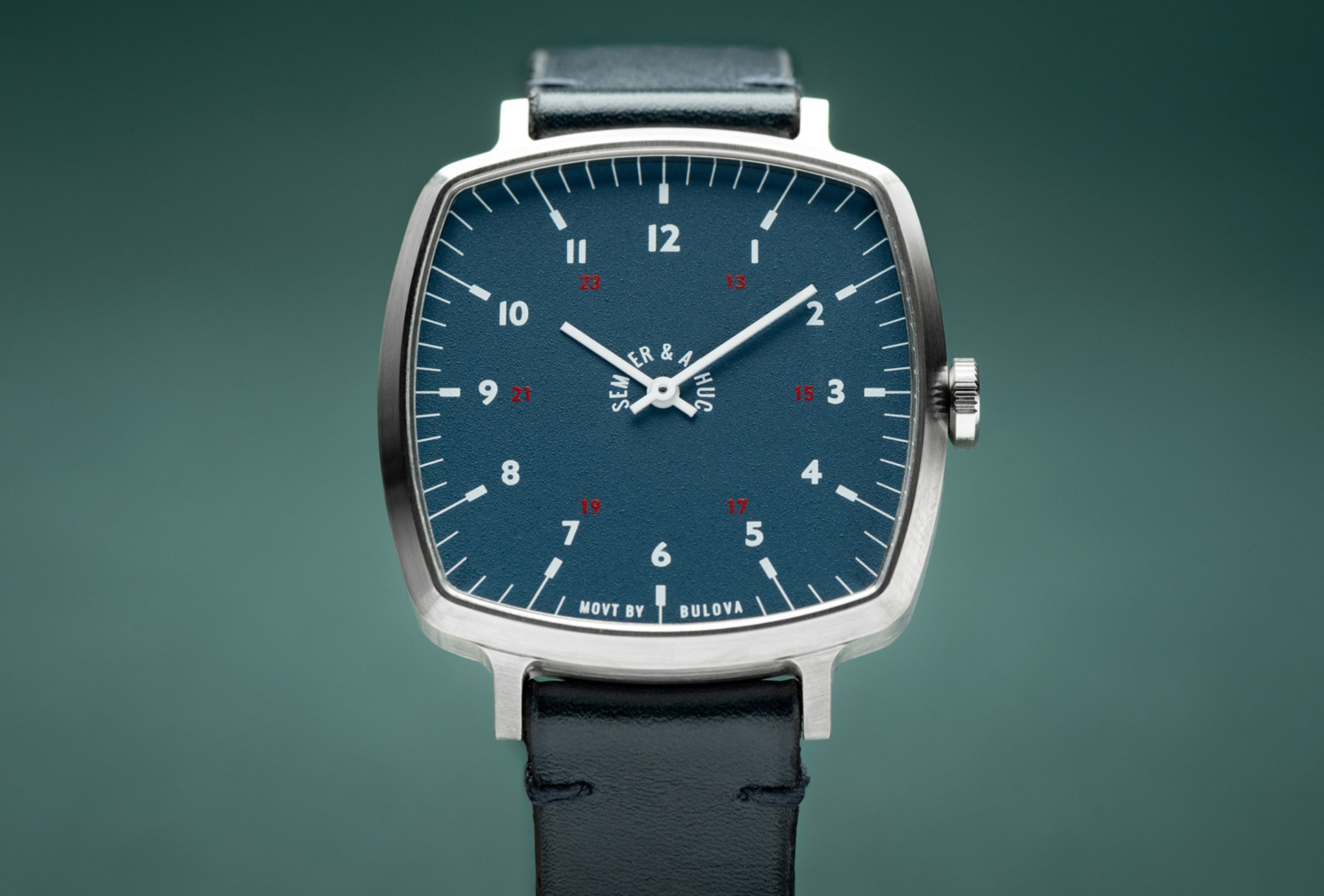
Watch straps offer another example of steps in a sustainable direction. Breitling and Ulysse Nardin make theirs from discarded fishing nets, IWC from a paper-based material, Zenith from fabric and Cartier from apple waste. From recycling to upcycling at French brand Semper & Adhuc, which fits its watches with restored Swiss movements. Quartz isn’t without its problems, either, namely how to recycle used batteries. Solar-powered movements could be part of the solution. Japan’s Seiko and Citizen have been producing solar-powered watches for a number of years, followed by Tissot and, since last year, Cartier. However welcome they may be, on the scale of the 15 to 20 million watches produced each year in Switzerland, these remain isolated initiatives that barely make a dent in the luxury watch market, coming mainly from startups or limited to a tiny proportion of the catalogue. The more encouraging signs of change are coming from the rapidly growing pre-owned market, where it’s not just components that are recycled but the entire watch that is given endless new lives with its successive owners. Which makes sense, knowing that a watch is designed to last not one but several lifetimes. Long enough to heal a sick planet?








